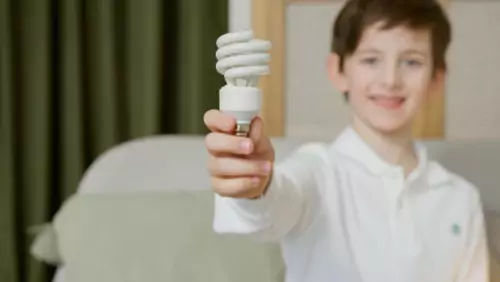In an era marked by environmental concerns and rising energy costs, the quest for energy efficiency has become more critical than ever, especially in residential properties. From reducing carbon footprints to trimming utility bills, enhancing energy efficiency in our homes offers a myriad of benefits. One key tool in understanding and improving energy efficiency is the Energy Performance Certificate (EPC). Let's delve into what an EPC is and how it can guide us toward creating more sustainable living spaces, followed by 10 actionable tips to boost your home's energy efficiency.
Understanding Energy Performance Certificates (EPC's)
Energy Performance Certificates (EPCs) are standardized documents that assess the energy efficiency of a property. They provide valuable insights into a home's energy usage and offer recommendations for improving efficiency. EPCs are typically required whenever a property is built, sold, or rented. Here's how they are created:
-
Data Collection: A qualified energy assessor visits the property to gather information about its construction, insulation, heating systems, and more.
-
Analysis: Using specialized software, the assessor analyzes the data to calculate the property's energy efficiency rating on a scale from A (most efficient) to G (least efficient).
-
Recommendations: Based on the assessment, the EPC includes tailored recommendations for enhancing energy efficiency, along with potential cost savings.
Now, armed with knowledge about EPCs, let's explore 10 practical tips to improve your home's energy efficiency:
10 Tips for Enhancing Energy Efficiency
-
Upgrade Insulation: Proper insulation reduces heat loss in winter and heat gain in summer, significantly lowering energy consumption. Consider insulating your attic, walls, floors, and pipes to maximize efficiency.
-
Seal Air Leaks: Air leaks around windows, doors, and vents can account for significant energy loss. Seal these gaps with weather stripping or caulking to prevent heat exchange.
-
Install Energy-Efficient Windows: Replace old, drafty windows with double or triple-glazed ones featuring low-emissivity (low-E) coatings to minimize heat transfer.
-
Upgrade Heating Systems: Upgrade to high-efficiency heating systems, such as condensing boilers or heat pumps, to reduce energy usage and lower heating bills.
-
Invest in Smart Thermostats: Smart thermostats allow you to program heating and cooling based on your schedule, optimizing energy usage and enhancing comfort.
-
Switch to LED Lighting: LED bulbs consume significantly less energy than traditional incandescent bulbs and last much longer, making them a cost-effective and eco-friendly lighting option.
-
Optimize Water Heating: Insulate your water heater and pipes to minimize heat loss, and consider installing a tankless water heater for on-demand hot water and increased efficiency.
-
Use Energy-Efficient Appliances: When purchasing new appliances, opt for those with ENERGY STAR ratings, which indicate superior energy efficiency compared to standard models.
-
Harness Renewable Energy: Explore options such as solar panels or wind turbines to generate clean, renewable energy and reduce reliance on fossil fuels.
-
Monitor and Maintain: Regularly inspect and maintain your home's energy systems, including HVAC, insulation, and appliances, to ensure they operate efficiently and troubleshoot any issues promptly.
By implementing these tips and leveraging the insights provided by Energy Performance Certificates, homeowners can take significant strides toward creating more sustainable, energy-efficient living spaces. Not only does this benefit the environment, but it also leads to long-term cost savings and enhanced comfort for residents. Embracing energy efficiency isn't just a choice; it's a responsibility we owe to our planet and future generations.

